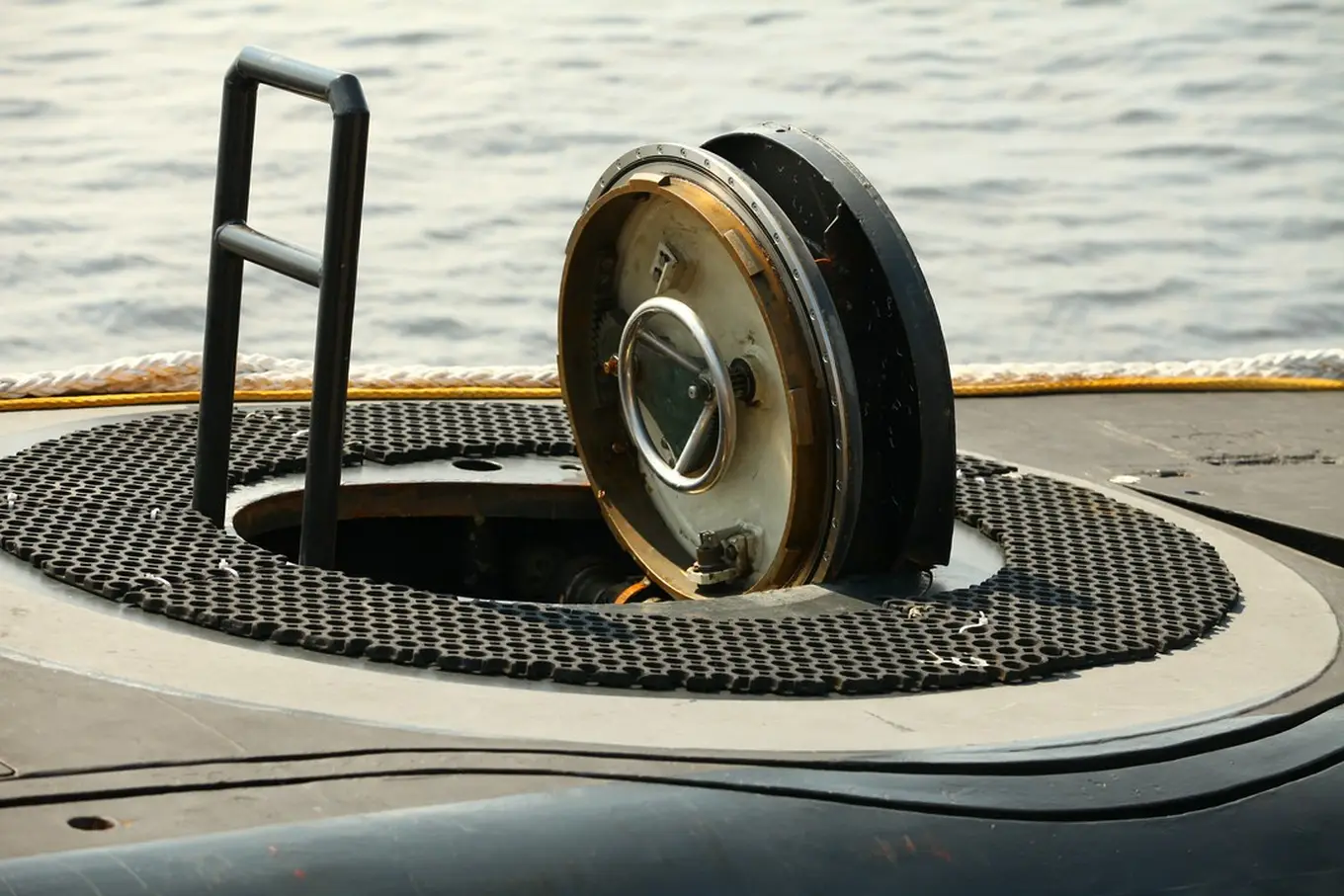The production of marine hatches, covers, and coaming rings is a crucial element in ship construction and maintenance. These hatches provide access to various parts of the vessel while ensuring watertight integrity and safety. The production process for these components requires precision, appropriate materials, and compliance with international norms and standards. Knowledge about the production of marine hatches is essential for both manufacturers and users to ensure the high quality and durability of these components. Metal-Serwis manufactures
Materials and Production Technologies
Materials used for the production of marine hatches, covers, and rings must meet high requirements for strength and corrosion resistance. The most commonly used materials are aluminum alloys, stainless steel, and bronze alloys, which are characterized by high resistance to seawater and varying atmospheric conditions. Marine hatches made of stainless steel offer exceptional durability and are resistant to corrosion, which is crucial in the marine environment. Aluminum alloys, although lighter, also provide adequate strength and are often used in constructions where weight reduction is important.
Hatch production technologies include advanced mechanical processing techniques such as laser cutting, milling, turning, and welding. Precise CNC (Computer Numerical Control) machining allows for the accurate manufacturing of components according to design requirements. Welding, especially for stainless steel, must be performed with high precision to ensure the watertight integrity and strength of the joints. Quality control at every stage of production, including non-destructive testing (NDT), is essential to guarantee compliance with technical norms and specifications.
Standards and Certificates
The production of marine hatches must comply with international norms and standards, such as ISO, ASTM, and the specifications of classification societies like Lloyd’s Register, DNV GL, or ABS. These standards define requirements for materials, construction, watertight integrity, and resistance to mechanical loads and pressure. Adherence to these norms is crucial to ensure the safety and reliability of hatches in marine conditions.

